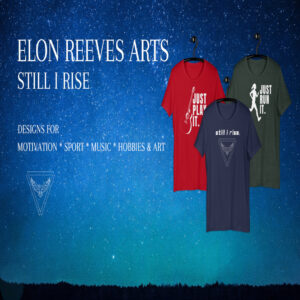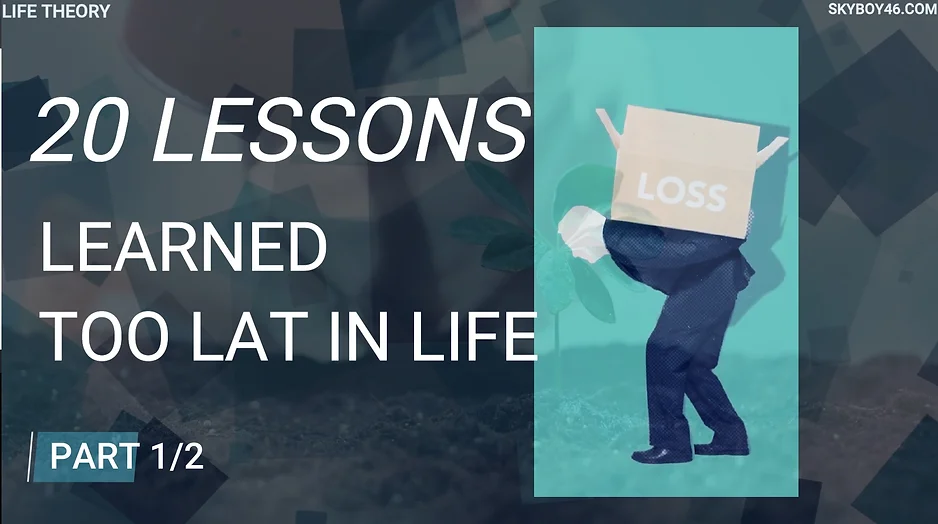Ever lost yourself in a moment so deeply that time stood still? Discover the art of finding flow—the secret to turning everyday tasks into extraordinary experiences. Learn the four pillars of flow: focus, freedom from scrutiny, feedback, and the 4% challenge. Whether you’re painting, coding, or simply having a conversation, find out how to unlock peak performance and joy in your daily life. Ready to transform the mundane into the magical? Dive in and learn how to live in the zone. #lifetheory #lifestories #flowstate
SUBSCRIBE: https://www.youtube.com/@LifeTheory46
VISIT: https://linktr.ee/lifetheory46
Get You Monthly Life Stories in Advance & Our Premium Learning Packs HERE:
The Art of Finding Flow: Unlocking Peak Experiences in Everyday Life
Think back to a time when you were so immersed in an activity that the outside world seemed to vanish. Time disappeared, worries evaporated, and all that mattered was the task at hand. That’s the magic of flow, a state where focus and joy collide, transforming ordinary moments into extraordinary experiences.In psychology, this phenomenon is called flow, a term introduced by Hungarian-American psychologist Mihaly Csikszentmihalyi. He described it as a state in which people become so involved in an activity that everything else fades away. The experience is so rewarding that people pursue it for its own sake, even at significant personal cost.If you’ve ever said, “I was in the zone,” you were likely describing flow. But the beauty of flow is that it isn’t limited to a select list of activities. Whether it’s painting, coding, running, or even deep conversation, flow can emerge from just about anything when certain conditions are met. The key lies in understanding how to create the right environment for it to thrive, and that’s where the four essential pillars of flow come into play.
The first pillar is Focus—total immersion in the present moment. To achieve this, distractions must be eliminated. It’s about carving out uninterrupted time and giving one task your full attention. In our world of constant notifications, this is no easy feat. But imagine closing all those browser tabs, setting your phone to “Do Not Disturb,” and letting some noise-canceling headphones silence the background hum. Now you’re ready. Start with a brief exercise to get into the zone—whether it’s a quick meditation, listening to a favorite song, or taking a short walk. This “warm-up” primes your mind, paving the way for deep concentration. After all, the human brain performs at its peak when it can devote itself to a single focus, uninterrupted.
Then there’s the second pillar: Freedom from Scrutiny. When you let go of expectations and self-judgment, you open the door to creativity and spontaneity. For a set period—maybe 30 minutes or an hour—give yourself permission to create without worrying about perfection. Think of it as setting a “judgment-free zone” timer. Write, draw, or work on that project simply for the joy of doing it, not for the end result. It’s about letting things flow naturally without the pressure of flawless execution. You might not hit every note perfectly, but that’s okay; you’re here to create, not critique.
The third pillar is all about Feedback. In some activities, feedback is immediate. A tennis player knows they’re on the right track every time the ball lands within the lines. A rock climber feels the progress in each firm grip. But in more abstract tasks, like submitting a business proposal or writing an article, feedback doesn’t come right away. When you’re awaiting an outcome that depends on others, it’s easy to spiral into doubt. Resist the urge to overthink until you have a clear response. See feedback not as a judgment of your worth, but as an opportunity for growth. Each step forward—each piece of feedback, even if it’s criticism—helps refine your path. Celebrate small victories and embrace the process over the perfection of the final outcome.
The fourth and final pillar is known as the 4% Challenge. Here lies the sweet spot of difficulty. If a task is too easy, boredom sets in; too hard, and frustration takes over. The sweet spot, according to the Goldilocks rule, is a task that stretches you just beyond your current abilities—about 4% more difficult than your comfort zone. It’s challenging enough to keep you engaged, yet not so overwhelming that it becomes discouraging. This is where peak motivation lives.
Remember, flow isn’t just reserved for productivity. It’s not always about work or goals; it’s about finding joy and being fully present. Flow can happen while playing an instrument, gardening, or simply having a deep conversation. Life shouldn’t be an endless checklist; it should be a series of moments that make us feel alive.
To cultivate flow in your life, start small. Choose an activity you love, eliminate distractions, and immerse yourself. Embrace the imperfections, take feedback as part of the journey, and find that balance where the challenge is just right. The more you make space for these moments, the more you’ll find flow, turning everyday life into something extraordinary.
–> Read More Life Stories Here:
https://www.lifetheory.us
https://www.lifetheory.eu
Buy all of our Life Stories & Our Premium Learning Packs. Listen or Read to them anytime you want. Have them Forever.
You can get each monthly lesson on our website at https://www.skyboy46.com/store
SHARE THIS STORY
Visit Our Store
SHOP NOW
www.skyboy46.com & www.myskypet.com
Designed For Pet Lovers & Introverted Souls
Sport, Hobbies, Motivation, Music & Art






~EXPLORE MORE~
www.linktr.ee/skyboy46



